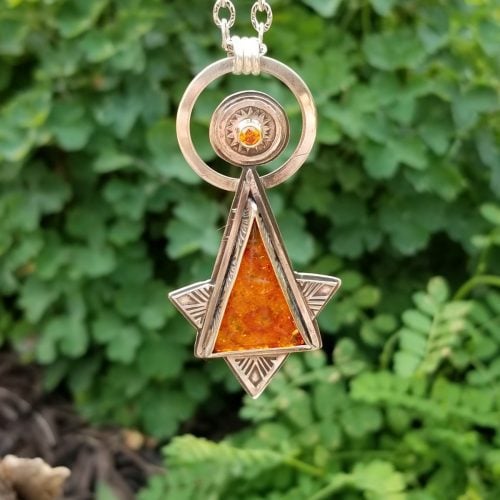Amber Buying Guide
Complete amber buying guide covering quality factors, treatments, and jewelry considerations. Learn to identify genuine amber and avoid imitations when purchasing this ancient gem.
6 Minute Read
Related Articles
Amber Value, Price, and Jewelry Information
Amber is the hardened resin of ancient pine trees. This organic substance is most well-known for the incredible inclusions of...
Read More
Denver Gem & Mineral Showcase 2017
With over 900 vendors and numerous geologic rarities, the 2017 Denver Gem and Mineral Showcase had plenty to see. Read...
Read More
Unique Gem Materials for Jewelry Design
Some gems have an appeal beyond their appearance. If you’re looking for a gem with a story to tell, try...
Read More
Amber Symbolism
Amber has a long history of ornamental use and popular associations with animals, energy, and the Sun. Learn more about...
Read More
Latest Articles
Quartz Toxicity: Understanding the Risks for Jewelers and Wearers
Understand quartz toxicity: safe for jewelry wearers but potentially dangerous for makers. Learn about silica dust health risks, essential safety...
Read More
Synthetic Amethyst: What is it and How is it Made?
Discover how synthetic amethyst is created, its key differences from natural specimens, and expert methods of identification in this comprehensive...
Read More
Hambergite Value, Price, and Jewelry Information
Although hard enough for jewelry use, rare hambergite is a gem for collectors of the unusual. Its combination of high...
Read More
Pearl Simulants: How to Spot Faux Pearls
Some faux pearls can be difficult to identify. Learn about the history and varieties of pearl simulants and how to...
Read More
Never Stop Learning
When you join the IGS community, you get trusted diamond & gemstone information when you need it.
Get Gemology Insights
Get started with the International Gem Society’s free guide to gemstone identification. Join our weekly newsletter & get a free copy of the Gem ID Checklist!
